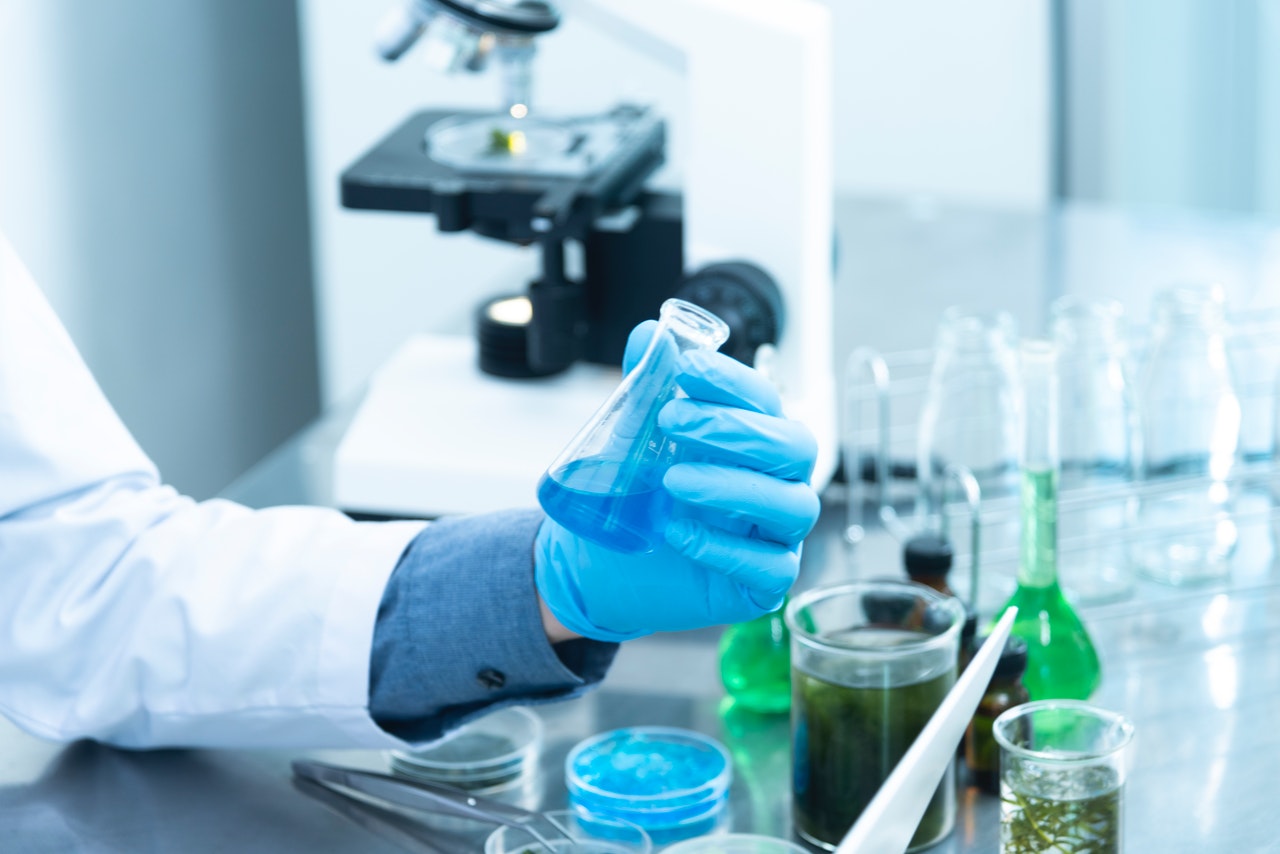Laboratories, as you are no doubt aware, have to be kept at a cool temperature. The integrity of your experiments depends on the environment you’re in, and if conditions change from day to day, your data could be affected. Most laboratories are cooled by window or split-type air conditioners. Centralized systems aren’t uncommon, but with the need for self-containment, a shared ventilation system isn’t the most ideal situation.
But none of these options is a viable solution for portable or makeshift labs. For that, you’ll need a portable system. If you need a system you can set up on the go, or if the laboratory is disconnected from the power grid, a portable unit ensures that the conditions remain right for your experiments.
Thanks to its mobility, portable air conditioner have also been used as emergency cooling units in case of a power failure. Whether you need a radioactive kinase assay or just looking to safeguard your samples, a portable unit offers convenience and peace of mind. Here are a few maintenance tips to get you started.
1. Mind the exhaust
Portable units still have all the major components of a typical cooling unit, albeit scaled down. One of the components you need to keep a close eye on is the exhaust. Warm air is vented out of the room through the exhaust hose. If the hose is clogged, your room won’t be properly cooled.
For starters, make sure the hose is straight to prevent moisture buildup. Due to design limitations, you cannot extend the hose, so you need to think about the unit’s placement. A shorter exhaust hose reduces the load on the system. Make sure the hose doesn’t exceed 2 meters for maximum efficiency.
2. Secure the space
Air conditioning only works if the space is closed off on all sides. Make sure your lab is enclosed before cooling it. This ensures that only cooled air is circulating inside the room and prevents outside air and dust from affecting lab conditions. Just make sure there are enough units for the space you’re cooling. You may have to add more units to larger laboratories.
3. Keep it running
It may sound wasteful, but you’ll end up saving more energy if you keep the unit running through the night. Air conditioners are affected by outside conditions, and less energy is expended when cooling at night when the temperatures are lower. The unit won’t have to work as hard to keep the room cool while keeping your lab at a consistent temperature. Of course, you may also use the built-in timers to automate startup. You can set it to switch on an hour or before sunrise and switch off after sunset.

4. Keep it away from heat
Ambient temperatures affect unit performance, and air conditioners expend more energy if the room is too hot. Minimize or remove the use of equipment that emits heat and flame. It might also be smart to install insulation to minimize thermal radiation. Light fixtures, computers, and electronic equipment are some of the biggest culprits.
Changing your routine may help improve conditions inside the laboratory. For instance, you can use high-energy or heat-emitting equipment at night, when temperatures are lower. That way, your air conditioning unit won’t have to work harder to keep the lab cool.
Once your equipment has been switched off, the portable can cool the room faster while using less energy. You may also use electric fans to circulate cool air and eliminate warm spots. A portable unit supplemented by fans can provide the cooling solution you need.
The bottom line
These four tips will help ensure that your workspace is kept cool wherever you are. Whether you need cooling for a pop-up lab or to supplement an existing system, it’s important that you follow basic maintenance procedures to keep your units in good condition.